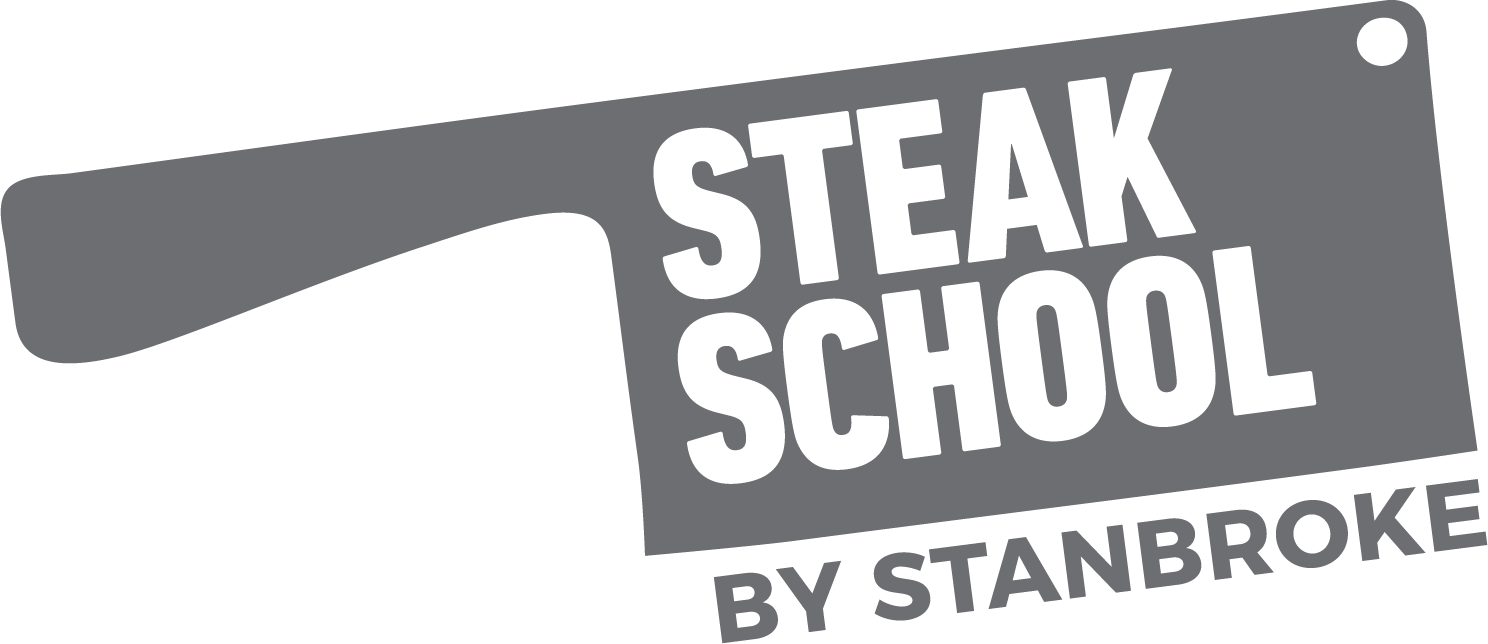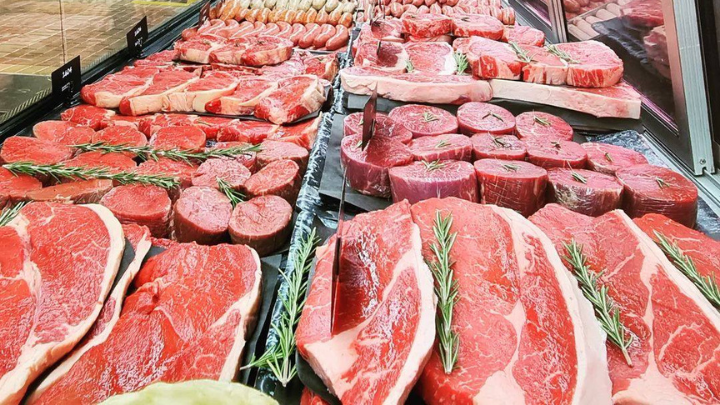Choosing a good piece of meat is like picking fruit – it pays to take that extra second to make sure you’re getting what you want.
With an abundance of cuts to choose from, the beef section at your local supermarket can be a confusing place if you’re not sure what to look for. The last thing you want to do is spend your hard-earned money on the wrong piece of meat, only to be disappointed with the end result!
From planning your recipe, to choosing a cut, here are our top tips on shopping for meat – and it all starts at your local butcher.
Make friends with your butcher
Your local butcher really does know best. Establishing a relationship with them goes a long way towards ensuring what you bring home is exactly what you had in mind. From trimming excess fat to removing bones, a good butcher is there to help you and will likely love the opportunity to pass over their valuable advice on cuts and cooking methods.
Plan your recipe around the occasion
Consider the occasion and choose a recipe that is appropriate for the event. Is it an anniversary, a birthday dinner or a date night? If an impressive presentation is important to you, consider a thick bone-in rib eye or tomahawk. Also consider how much time you want to spend in the kitchen – don’t choose a delicate piece of meat that will require most of your attention if you want to spend quality time with your guests. Alternatively, a slow-cooked beef stew with mashed potatoes can be pre-cooked up to a night before the event, heated up in the oven and served once the party is ready to eat.
Match your method
How are you planning to cook? Make sure you pick the right piece of meat to match your cooking method, whether it’s low and slow or fast and hot on a BBQ grill. Perhaps you’re cooking outdoors on a Weber kettle, or trying your hand at sous vide for the first time?
Steak cuts, while more tender, are better suited to fast and high heat cooking. The unctuous flavour that you get from a tougher cut with more connective tissue cooked low and slow is no substitute and has less chance to dry out.
Your butcher may ask what cooking method you’re intending to use, so knowing these key points will help them select the right cut for the technique it’s about to undergo.
More is better than less
How many people are you cooking for? Will beef be the star attraction or will it only form part of the meal? This will all impact how much you need to buy per person.
Some cuts tend to lose a percentage of their weight once cooked, which can make it difficult to calculate how much you need. Lean cuts like beef tenderloin and eye fillet won’t shrink too much during cooking, but steaks with bones (like T-bones and tomahawks) or those with more fat (such as rib-eye) will produce less yield, so you’ll need to factor that in with either more meat or more sides.
While portion control can be tricky, remember it’s always better to over-cater than under-cater. Always buy a little bit extra to make up for any losses from cooking, trimming or bones. Again, this is where your butcher can assist – you can ask them to pre-cut the meat into equal portions per person for you just in case. (Of course, there’s nothing wrong with leftovers!)
Spend mindfully
Buying high quality meat can come with a higher price tag, but you don’t want to spend all of your money on one piece. While you might want to treat yourself to a nice dry-aged Wagyu, it doesn’t mean it’s the best cut for every type of dish.
Let your butcher know what your budget is for the recipe you are making. They may be able to suggest alternative cuts that are cheaper but work just as well.
Of course, you can usually find meat for less at the supermarket, but be wary of buying any meat that is marked down – this means it has been sitting on the shelf for a while, and must be used immediately. If you’re not going to use it that day, put it in the freezer.
How to choose a great steak
Every delicious steak begins with a great quality cut of meat – but not all steaks are created equal. There are some qualities you should pay attention to in order to bring home the best, even if you already know which cut you want.
Here are some key indicators of how to select the best steak at the supermarket or butcher.
Marbling
One of the most important indicators of high-quality beef is the amount of marbling, or fat content, within the meat. Look for a nice amount of marbling with speckles of fat, rather than streaks. This means the fat will render down nicely when cooked and provide a buttery, rich bite.
Thickness
If you want to achieve a nice crust on your steak, start with the right thickness. Look for a steak that is at least thumb-sized, or 2.5cm thick. The thinner the steak, the higher the chance you have of overcooking it.
Colour
The colour of the meat is not just important aesthetically, it will also tell you a lot about its freshness. Purplish red (myoglobin) occurs immediately after a steak is sliced. Cherry red (oxymyoglobin) occurs several minutes after cutting and after exposure to oxygen.
Brown (metmyoglobin) occurs when the iron in the myoglobin is oxidised, which usually takes about three days after cutting. You may see steaks with this colour in the discount section of the supermarket. The brown colour doesn’t mean there is anything wrong with the product; in fact, purchasing meat at this stage is a great way to stock up on cheaper steaks for the freezer.
While a vibrant colour, thickness and good amount of marbling are all indicators of quality, there is no substitute for having a good butcher who has earned your trust.
Once your butcher becomes familiar with your cooking style and interests, they’ll be more likely to make suggestions or save special cuts that they think you’ll like.
Happy barbecuing!



